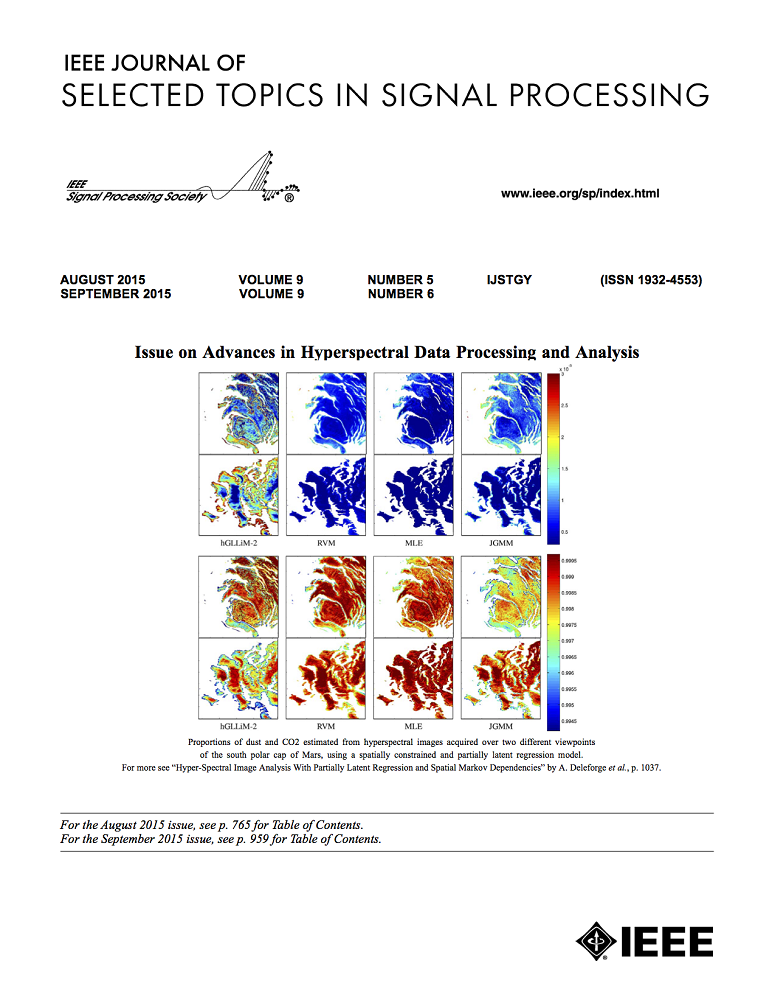Federated Learning at Scale: Addressing Client Intermittency and Resource Constraints
IF 8.7
1区 工程技术
Q1 ENGINEERING, ELECTRICAL & ELECTRONIC
IEEE Journal of Selected Topics in Signal Processing
Pub Date : 2024-07-17
DOI:10.1109/JSTSP.2024.3430118
引用次数: 0
Abstract
In federated learning systems, a server coordinates the training of machine learning models on data distributed across a number of participating client devices. In each round of training, the server selects a subset of devices to perform model updates and, in turn, aggregates those updates before proceeding to the next round of training. Most state-of-the-art federated learning algorithms assume that the clients are always available to perform training – an assumption readily violated in many practical settings where client availability is intermittent or even transient; moreover, in systems where the server samples from an exceedingly large number of clients, a client will likely participate in at most one round of training. This can lead to biasing the learned global model towards client groups endowed with more resources. In this paper, we consider systems where the clients are naturally grouped based on their data distributions, and the groups exhibit variations in the number of available clients. We present求助全文
约1分钟内获得全文
求助全文
来源期刊

IEEE Journal of Selected Topics in Signal Processing
工程技术-工程:电子与电气
CiteScore
19.00
自引率
1.30%
发文量
135
审稿时长
3 months
期刊介绍:
The IEEE Journal of Selected Topics in Signal Processing (JSTSP) focuses on the Field of Interest of the IEEE Signal Processing Society, which encompasses the theory and application of various signal processing techniques. These techniques include filtering, coding, transmitting, estimating, detecting, analyzing, recognizing, synthesizing, recording, and reproducing signals using digital or analog devices. The term "signal" covers a wide range of data types, including audio, video, speech, image, communication, geophysical, sonar, radar, medical, musical, and others.
The journal format allows for in-depth exploration of signal processing topics, enabling the Society to cover both established and emerging areas. This includes interdisciplinary fields such as biomedical engineering and language processing, as well as areas not traditionally associated with engineering.
 求助内容:
求助内容: 应助结果提醒方式:
应助结果提醒方式:


